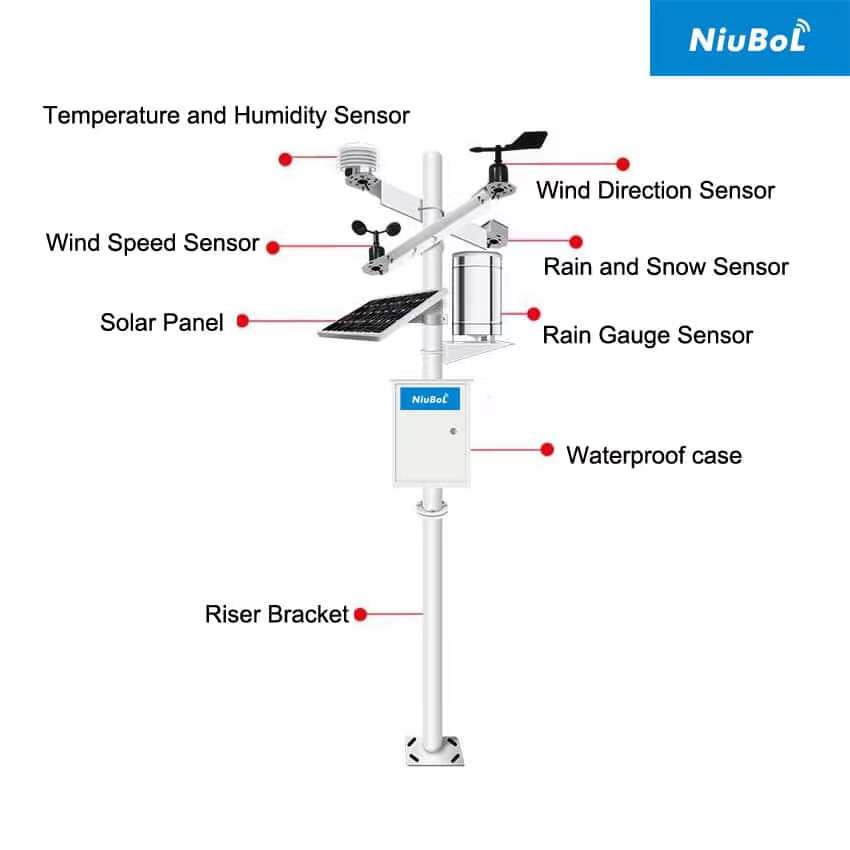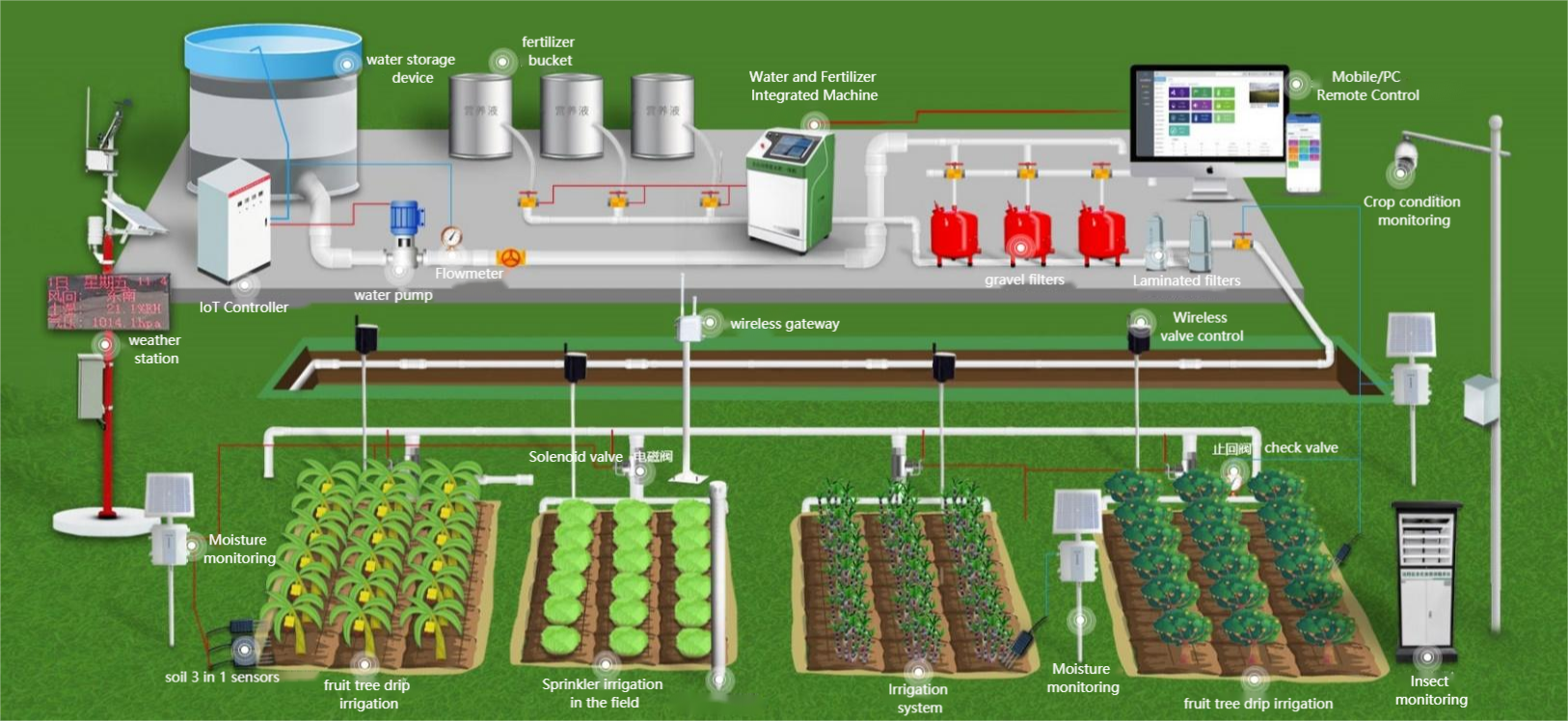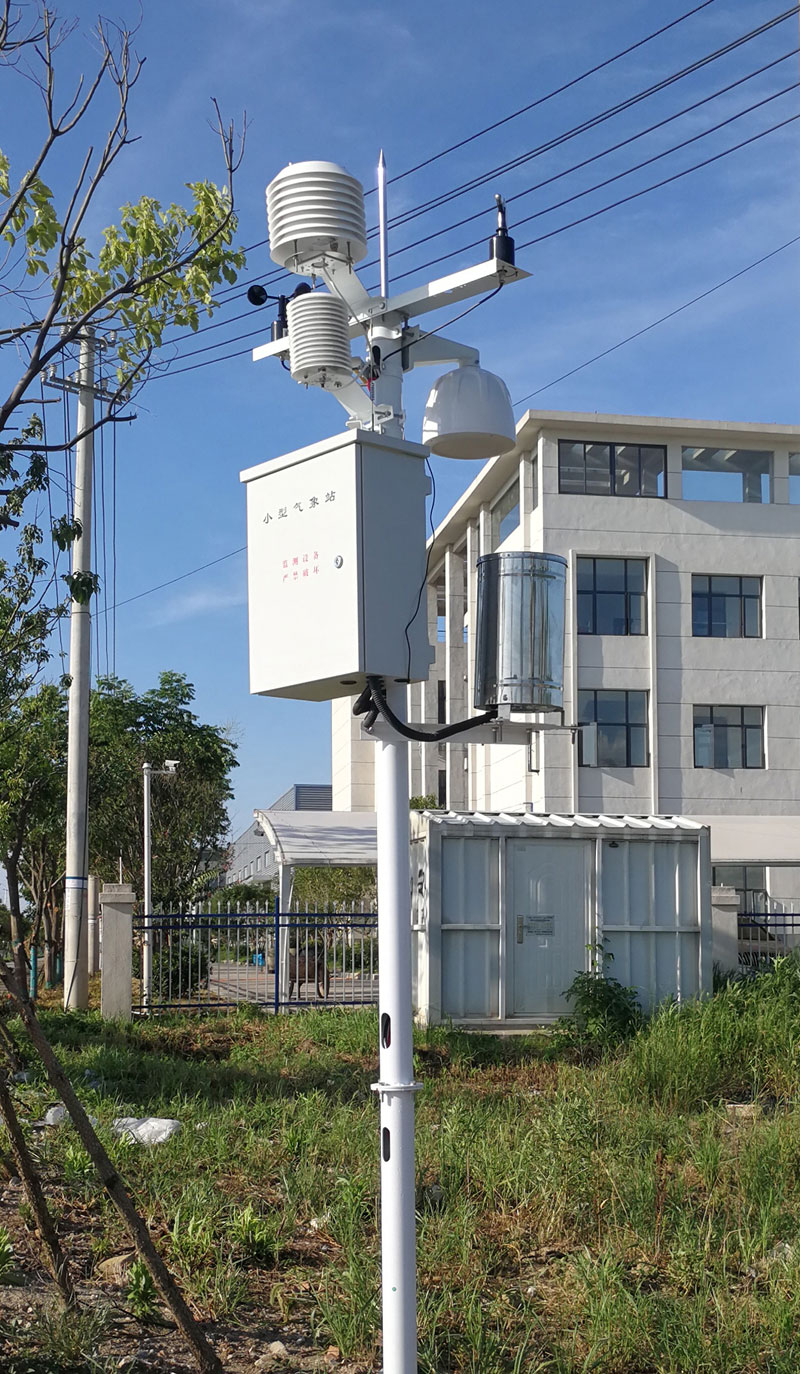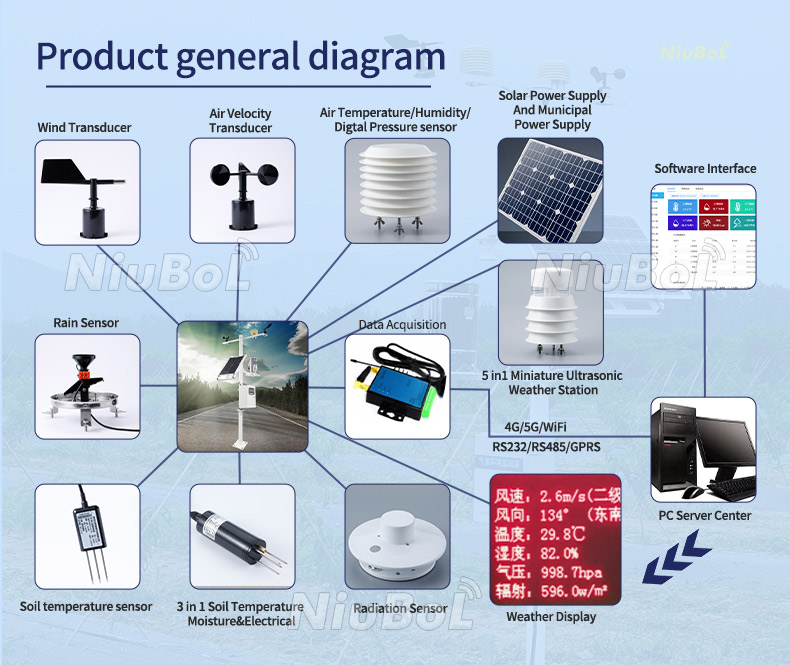

— Blogs —
—Products—
 Consumer hotline +8618073152920
Consumer hotline +8618073152920 WhatsApp:+8615367865107
Address:Room 102, District D, Houhu Industrial Park, Yuelu District, Changsha City, Hunan Province, China
Product knowledge
Time:2025-10-13 17:44:27 Popularity:564
Global agriculture is undergoing a profound data-driven revolution known as "Agriculture 4.0." Its essence lies not in updating mechanical equipment but in the integration of informatization, automation, and intelligence. IoT (Internet of Things) sensors are the core of this revolution, converting real-time data on soil, moisture, weather, and crop status in farms into analyzable data streams, serving as the neural network of smart agricultural systems.
According to predictions from multiple authoritative market research institutions, the global agricultural IoT sensor market will maintain a double-digit compound annual growth rate (CAGR) from 2025 to 2028. Sensors have evolved from "auxiliary tools" to "core assets," with their position in agricultural investment structures continuously rising. Today, the focus of global farms has shifted from "whether IoT is needed" to "how to maximize returns from IoT data."

Global agriculture is facing dual challenges of water scarcity and soaring fertilizer prices. Traditional experience-based extensive irrigation and fertilization methods can no longer meet the precision needs of modern agriculture.
As a result, demand for soil moisture, EC, conductivity, and water flow sensors continues to grow. By providing real-time feedback on the root zone environment, IoT sensors help farmers ensure "every drop of water is effectively utilized," significantly reducing costs and improving crop yields and quality.
From Europe's "Green Deal" to China's "Pesticide and Fertilizer Reduction and Efficiency Enhancement" initiative, governments worldwide are introducing policies to encourage precision agriculture.
Subsidies and tax incentives are promoting the widespread adoption of weather stations and pest monitoring sensors, helping farms reduce chemical inputs and achieve a win-win for environmental friendliness and economic benefits. Policy drivers are becoming a powerful booster for the IoT sensor industry.
The popularization of low-power wireless communication technologies such as NB-IoT, LoRaWAN, and 5G has solved the issues of distance and energy consumption in sensor deployment.
At the same time, deep learning AI algorithms on sensor data make pest prediction, irrigation optimization, and yield modeling a reality.
Sensor data is no longer just "raw material" but fuel for intelligent decision-making, advancing agricultural production toward "automatic response" and "self-regulation." 
The largest market base with steady growth. Multi-parameter integrated sensors (such as all-in-one probes for moisture, temperature, pH, and EC) are rapidly replacing traditional single-type products.
Frequent climate anomalies make weather sensors the fastest-growing segment. Integrated agricultural weather stations (AWS) with wind speed, solar radiation, and leaf wetness are widely deployed for microclimate monitoring, drought warnings, and irrigation optimization.
Although the market base is smaller, the growth potential is enormous. High-value economic crops (grapes, strawberries, citrus, etc.) have significantly increased reliance on sensor data for sap flow, stem expansion, and fruit development rates. In the future, greenhouses and orchards will become the primary application scenarios for this type of sensor.

These regions have high levels of farm digitization, with growth focus shifting from "expanding sensor quantities" to "enhancing data integration value." IoT data is integrating with farm machinery control systems to enable "closed-loop operations" like automatic irrigation and variable-rate fertilization, further optimizing ROI.
Driven by policy incentives and cost reductions, these regions are entering a high-growth phase from a starting point of zero.
The scarcity of meteorological data and lack of disaster warnings make the demand for basic weather stations and soil moisture networks extremely strong. It is expected that over the next three years, these regions will contribute more than 45% of global new installations.

With over a decade of accumulation in agricultural sensing technology, [NiuBoL] has always been at the forefront of smart agriculture.
Our solutions not only provide high-precision sensors but also integrate data science and AI models, helping farms achieve full-chain intelligence from "perception" to "decision-making."
✅ Supports multi-mode communication: Modbus / LoRaWAN / 3G/4G/5G
✅ Open API, compatible with mainstream IoT platforms
✅ ROI analysis and precise investment recommendations based on data models
Contact our agricultural technology experts immediately for IoT market analysis and deployment plans tailored to your region and crop types.
Let [NiuBoL] be your core partner in advancing toward smart agriculture in 2028.
A: Generally, returns are achieved within 1–3 crop cycles. The savings in water, fertilizer, and pesticides, along with quality improvements from sensors, are significant. We can provide customized ROI reports for you.
A: 4G is suitable for areas with good coverage and high data volumes; LoRaWAN is ideal for remote areas, with low power consumption and flexible deployment.
A: The [NiuBoL] platform adopts an open architecture (standard protocols like MQTT and Modbus), ensuring long-term data portability and system compatibility, safeguarding your long-term investments.
Over the next three years, the global agricultural IoT sensor market will be more than a technological competition—it will be a contest of data ecosystems and intelligent decision-making. Those who master data will master the future of agriculture. Join [NiuBoL] to insight trends and layout the future.
Related recommendations
Sensors & Weather Stations Catalog
Agriculture Sensors and Weather Stations Catalog-NiuBoL.pdf
Weather Stations Catalog-NiuBoL.pdf
Related products
 Combined air temperature and relative humidity sensor
Combined air temperature and relative humidity sensor Soil Moisture Temperature sensor for irrigation
Soil Moisture Temperature sensor for irrigation Soil pH sensor RS485 soil Testing instrument soil ph meter for agriculture
Soil pH sensor RS485 soil Testing instrument soil ph meter for agriculture Wind Speed sensor Output Modbus/RS485/Analog/0-5V/4-20mA
Wind Speed sensor Output Modbus/RS485/Analog/0-5V/4-20mA Tipping bucket rain gauge for weather monitoring auto rainfall sensor RS485/Outdoor/stainless steel
Tipping bucket rain gauge for weather monitoring auto rainfall sensor RS485/Outdoor/stainless steel Pyranometer Solar Radiation Sensor 4-20mA/RS485
Pyranometer Solar Radiation Sensor 4-20mA/RS485
Screenshot, WhatsApp to identify the QR code
WhatsApp number:+8615367865107
(Click on WhatsApp to copy and add friends)
